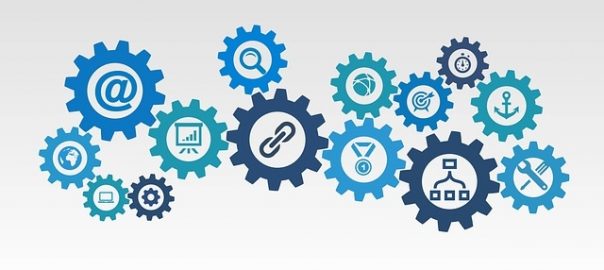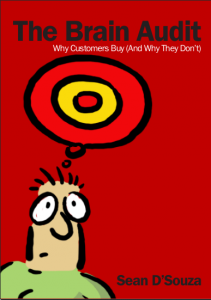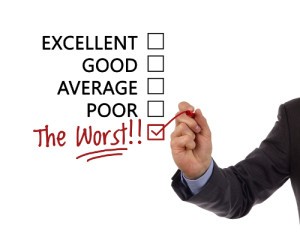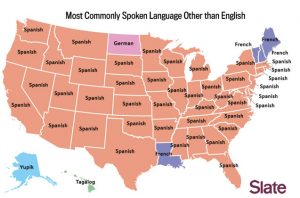— July 24, 2017
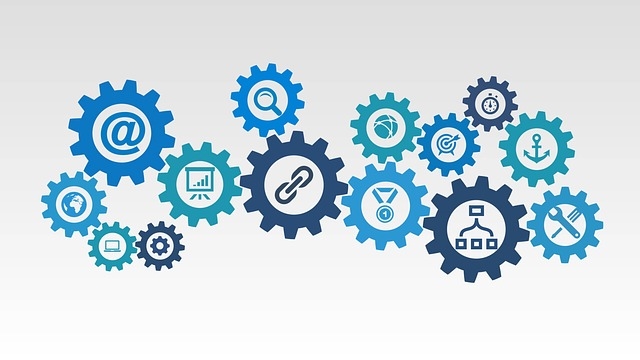
ar130405 / Pixabay
How boosting performance onsite delivers exponential returns at the top of the funnel.
Much like Ray Kroc brilliantly comprehended decades ago, marketers today are slowly realizing that we are all in the real estate business. The only difference is while Kroc’s currency was in valuable plots of land next to communities of returning GIs, today’s currency is pixels which become more valuable by the day as traffic shifts to smaller and smaller screens.
The difficulty of driving conversions is compounded by the fact that today’s marketing spend is badly imbalanced. Massive AdWords budgets, TV ads, programmatic campaigns, and giant blimps drain marketing budgets to drive traffic to your website while minimal attention is spent converting visitors once they arrive.
Venture backed eCommerce brands, in particular, spend a fortune in online, social, and out of home advertising, developing complicated regression analyses to determine the value of every eyeball. No word yet if they’ve seen any boost in conversion rates from bored New York City residents trapped on delayed trains with little reading material.
However, focusing solely on traditional acquisition metrics neglects a crucial variable in optimizing customer acquisition cost (CAC). CAC is ultimately dependent not only on your efforts to bring users into the funnel but also on how well they convert once they arrive. If you deliver superior experiences to users once they arrive onsite, you can justify being more aggressive in your bidding and ad spend, taking on a higher CAC while remaining ROI positive.
As a result, deploying real-time personalization on your website should be seen as an essential element of optimizing eCommerce customer acquisition.
Boosting the Value of Your Visitors
To understand how personalization can boost your acquisition efforts, let’s start by taking a look at some basic metrics for an eCommerce website.

Now, let’s say that personalizing experiences results in a 10% conversion increase and 10% boost in average order values, results clients have realized with Dynamic Yield.

Since personalization impacts several KPIs that contribute to revenue, small increases in each piece of the revenue puzzle can lead to big outcomes. But things really get exciting when we start applying these gains back into the top of the purchase funnel.
Small Uplifts Can Drive Traffic Acquisition Miracles
For the purpose of this example, let’s imagine your eCommerce website has an average of 50% margin across all products. Also, recall from the table above that ARPU is $ 2.00. What does this mean for your traffic acquisition efforts?
$ 2 ARPU & 50% margin -> $ 1 ROI positive traffic acquisition cost
Essentially, if you spend $ 1 or less to drive a visitor to your site, you are looking at a positive return. But watch what happens when we apply the uplifts from personalization.
$ 2.42 ARPU & 50% margin -> $ 1.24 ROI positive traffic acquisition cost.
With the additional revenue from personalization, you can invest more money back into your traffic acquisition campaigns with greatly extrapolated returns. Simply increasing bids by 25% can move your product into coveted prime real estate on Google, driving in excess of 2X as many clicks.
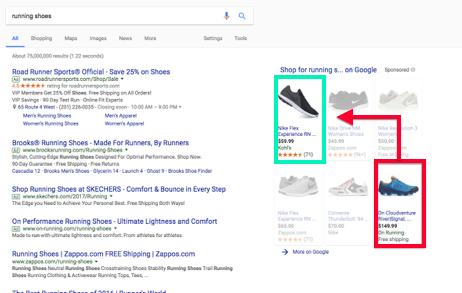
Putting It All Together
OK, so now things get really exciting. The boost in Google search positioning resulted in 15% more visitors coming to the website. Here’s what our metrics look like now:
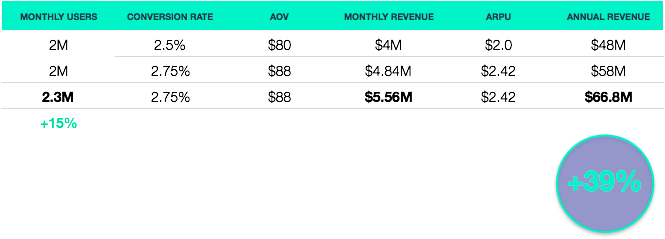
Uplifts of 10-15% across different stages of the funnel add up to almost 40% revenue growth. Now, we are getting our yearly bonuses paid for!
Ultimately, optimizing eCommerce customer acquisition moves far beyond looking at return on investment on advertising spend. By investing in personalization, you’ll make the most of your existing website traffic and have more money to invest in acquisition, improving results at all stages of the purchase funnel.
Note: This post originally appeared on the Dynamic Yield blog.
Digital & Social Articles on Business 2 Community
(42)
